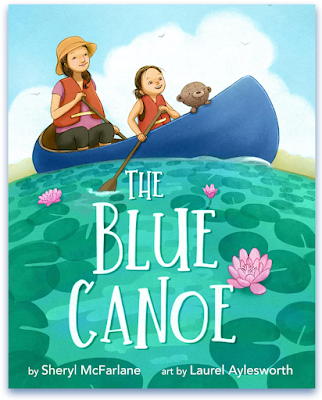Scholastic
978-1-338826753
224 pp.
Ages 8–12
July 2024
As Dad always says, the intersection of too much money and too little know-how is the sweet spot of our family business. (p. 2)
That family business is conning rich people out of their money and Trey and Arianna's father is a master. The con always changes, just like their names and locations, but the kids, Trey who is now 12 and Arianna who is 10, have always been part of the operation. It's often Trey who makes the connections with worthy marks when he is sent to exclusive boarding schools, but Arianna is desperate to prove her worth too. Although Dad and the kids are a strong unit–Mom left when they were very young–Trey is always sorry when they must do a "Houdini" and disappear. He likes having friends and being part of something other than a family scam.
After returning from their latest Caribbean holiday after a necessary Houdini, Dad takes them to Boxelder, Tennessee where they become Davis Kirkwood II (Dad who is known as Junior), Trey is Davis Kirkwood III (get it? - Trey for three), and Arianna is Aryana Kirkwood (same first name, different spelling). They have a house in the exclusive The Pointe neighbourhood and the kids will be going to regular school. Before Dad has even devised a scam, Trey is making a connection with Logan Romano, a neighbourhood kid whose parents are art dealers. Never to be outdone, Arianna brings home Micah Zabrachian whose parents own the largest home around. Finally, Dad comes up with a scam that may be the Big Kahuna: an amazing electric vehicle that can go 1000 miles on a single charge. He calls it El Capitan and gets a guy he knows–Dad knows a guy for everything–to create El Capitan from parts of a Tesla and other cars. It may not do what he's telling everyone it can, but it's gorgeous and attention-grabbing and people want in on the investment.
Meanwhile, Trey is fitting in nicely at Boxelder Middle School and has even joined YAAP, the Youth Alliance for Albion Pond, an environmental group headed by Kaylee Novak who lives in the less-affluent community of Albion. He's a little smitten with Kaylee, whose father is Trey's social studies teacher, so he's happy to help support the remediation of Albion Pond.
But then things go awry when Dad has incidentally selected the location of Albion Pond as the future home of El Capitan's first, and fictional, factory. Trey may know the company isn't real, but Kaylee certainly doesn't and YAAP's fight suddenly moves in a different direction.
How does Trey support "the family business" and still have a cohort of friends, albeit one that will be abandoned when Dad calls the next Houdini? And what of Arianna whose petulance at not being considered a full partner is becoming exasperating? And then there's the emails from I.C. All that suggest the scam has been discovered.
What a story! Trey is an average kid who wants to have friends and be liked, play sports and be appreciated by his family. He's often torn by the ethics of what his Dad does but he's not exactly in a position to challenge it. The cons are what feed them and provide for them. But Trey is starting to question things more, mostly courtesy of Mr. Novak's lessons on ethics and Trey liking Kaylee, but he knows no other life than that of the scam. Gordon Korman, the master of middle-grade novels with heart and humour, never makes us judge Trey's family though. The reader knows theft by con artists is wrong, but Faker is less about the criminality and more about the ethics of balancing family and what's right and wrong. Gordon Korman makes us empathize with Trey's dilemma–personally I found his younger sister more of a problem than the con–recognizing the familiar need to fit in. Trey may not realize he's becoming popular in his own right but he's a nice guy and fitting in might just become a problem for a kid who's not supposed to make real connections with people, only fake ones.
Faker is a fabulously real story of a middle-grade kid caught between a rock and a hard place who finds out that things aren't always as they appear. His dad may be responsible for much of the deception but, when you're loyal to a person whose vocation is to rip-off people, it's hard to know what's right or wrong. Fortunately, even at age 12, Trey finds a way to see past the fakery and come out from that uncomfortable position and ascend to a place of decency.






































